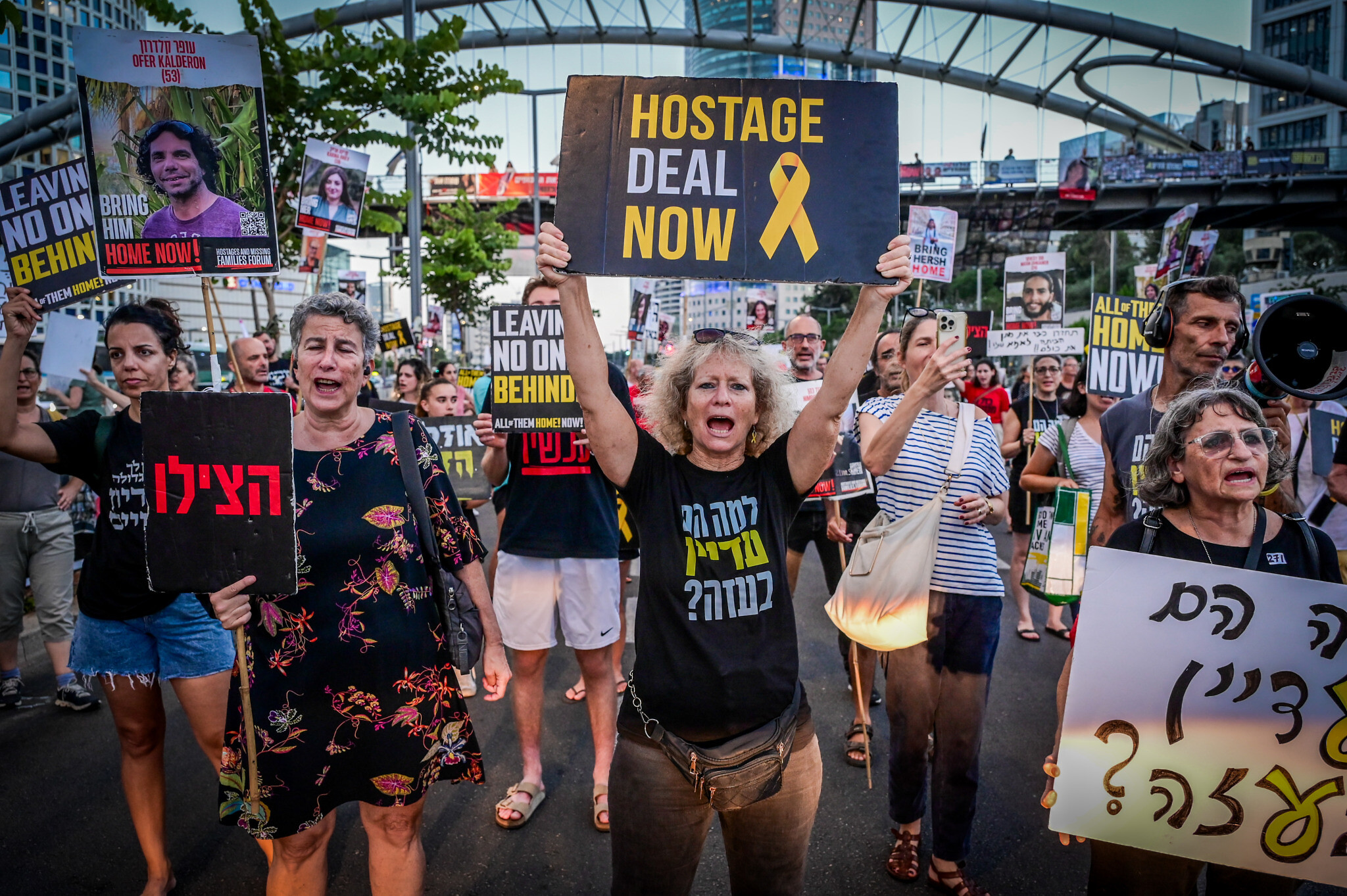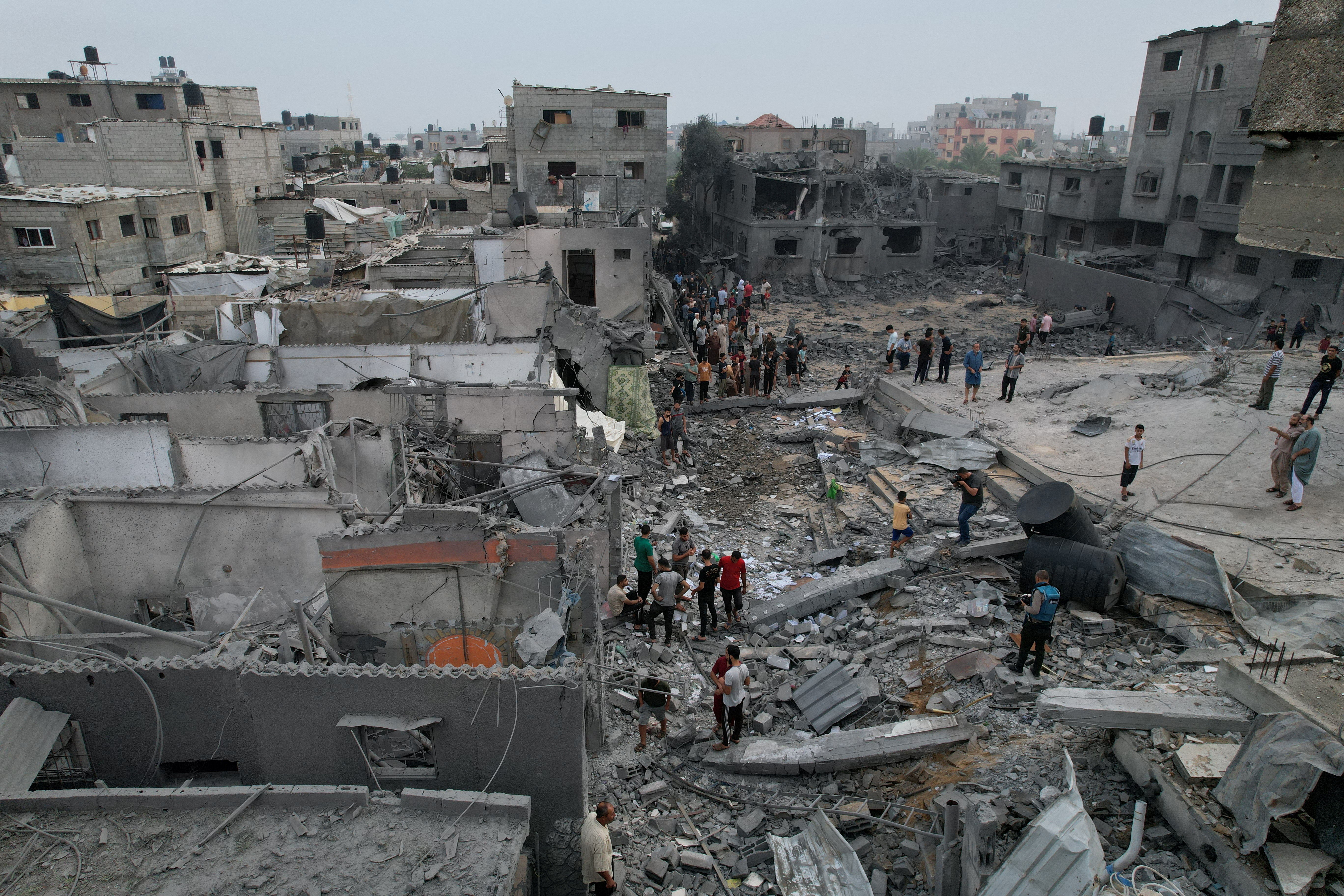In the midst of an escalating conflict, the world watched with bated breath as Israel and Hamas engaged in intense negotiations for a ceasefire. This article delves into the latest updates, what happened, the impact of a viral video, and the complexities surrounding the leaked video. We’ll also explore the broader implications of the Israel-Hamas ceasefire agreement.
The Latest Update on the Israel-Hamas Ceasefire

A Tentative Agreement
Hamas has tentatively accepted a phased ceasefire proposal backed by the U.S. and mediated by Egypt and Qatar. This proposal involves an initial 6-week comprehensive ceasefire, during which hostages would be released in exchange for Palestinian prisoner releases.
Initial Phase: Six-Week Ceasefire
The initial phase of the agreement entails a comprehensive ceasefire lasting six weeks. During this period, hostages held by Hamas will be released in exchange for Palestinian prisoners detained by Israel. This crucial step is seen as a confidence-building measure, aimed at laying the groundwork for more detailed negotiations in the future.
Subsequent Phases: Towards a Permanent Agreement
In the subsequent phases, negotiations would continue to secure the release of remaining hostages and work towards a permanent ceasefire agreement. Hamas is seeking written assurances from mediators that Israel will continue negotiations beyond the initial ceasefire period to reach a lasting peace deal.
What Happened: Key Events Leading to the Ceasefire

Escalation of Conflict
The recent escalation of violence between Israel and Hamas led to significant casualties on both sides. The humanitarian crisis in Gaza intensified, with countless civilians caught in the crossfire. The urgency for a sustainable ceasefire agreement became evident as the situation deteriorated rapidly.
International Mediation Efforts
Mediation efforts by Egypt, Qatar, and the United States played a pivotal role in bringing both parties to the negotiating table. These nations leveraged their diplomatic influence to broker a ceasefire deal that addresses the immediate needs and long-term goals of both Israel and Hamas.
Israel’s New Conditions
However, Israel has reportedly introduced new conditions that could delay or derail the ceasefire negotiations. This move drew criticism, with some accusing the Israeli government of trying to sabotage the proposal. The political landscape in Israel is complex, with Prime Minister Netanyahu facing pressure to secure the release of Israeli captives held by Hamas.
The Impact of a Viral Video

The Video That Went Viral
In the midst of the negotiations, a video went viral on social media, capturing the harrowing experiences of civilians in Gaza. The video showed the devastating impact of the conflict on everyday life, highlighting the urgent need for a ceasefire.
Global Reaction to the Video
The viral video garnered international attention, with people around the world expressing solidarity with the victims and calling for an end to the violence. The emotional impact of the video added pressure on both Israel and Hamas to reach a ceasefire agreement.
Leveraging Social Media for Peace
The viral video demonstrated the power of social media in shaping public opinion and influencing diplomatic efforts. Activists and peace advocates used the momentum generated by the video to amplify their calls for a lasting peace agreement between Israel and Hamas.
The Leaked Video: Controversy and Consequences
Content of the Leaked Video
In addition to the viral video, a leaked video surfaced, allegedly showing behind-the-scenes footage of the ceasefire negotiations. The video purportedly revealed sensitive details about the negotiation strategies and demands of both parties.
Reactions to the Leak
The leaked video sparked controversy, with some arguing that it undermined the integrity of the negotiations. Others believed that it provided transparency and held the negotiators accountable. The leak added a layer of complexity to the already delicate ceasefire talks.
Addressing the Fallout
Both Israel and Hamas had to navigate the fallout from the leaked video carefully. They had to reassure their respective constituencies that the negotiations were being conducted in good faith and that the leaked content would not derail the peace process.
Broader Implications of the Israel-Hamas Ceasefire
Humanitarian Impact
The conflict has resulted in significant casualties and a dire humanitarian crisis in Gaza. The ceasefire agreement aims to address the immediate humanitarian needs, including the provision of medical supplies, food, and other essential resources to affected civilians.
Political Ramifications
The ceasefire negotiations have far-reaching political ramifications for both Israel and Hamas. For Israel, the success of the ceasefire agreement could influence domestic politics and the standing of Prime Minister Netanyahu. For Hamas, the agreement represents an opportunity to gain political legitimacy and address the grievances of the Palestinian people.
Path to Lasting Peace
While progress has been made towards a potential ceasefire, challenges remain as the parties navigate the complex negotiations and balance their respective demands and concerns. A lasting peace agreement requires addressing the root causes of the conflict, including issues related to territorial disputes, the status of Jerusalem, and the rights of Palestinian refugees.
Conclusion
The Israel-Hamas ceasefire negotiations mark a critical juncture in the long-standing conflict between the two sides. The tentative agreement, mediated by Egypt, Qatar, and the United States, offers a glimmer of hope for a peaceful resolution. However, the road to lasting peace is fraught with challenges and requires sustained efforts from all parties involved.
Moving Forward
As the initial six-week ceasefire period unfolds, the international community will closely monitor the situation, urging both Israel and Hamas to honor their commitments and continue negotiations in good faith. The viral and leaked videos have underscored the human cost of the conflict and the urgent need for a sustainable peace agreement.
Call to Action
It is imperative for global leaders, activists, and citizens to remain engaged and advocate for a just and lasting peace. The voices of those affected by the conflict must be heard, and their needs addressed. Only through collective efforts can we hope to achieve a future where both Israelis and Palestinians can coexist in peace and security.
In summary, while the Israel-Hamas ceasefire negotiations have made significant strides, the journey towards a permanent peace agreement is far from over. The coming weeks and months will be crucial in determining the success of these efforts and the possibility of a brighter, more peaceful future for the region.
